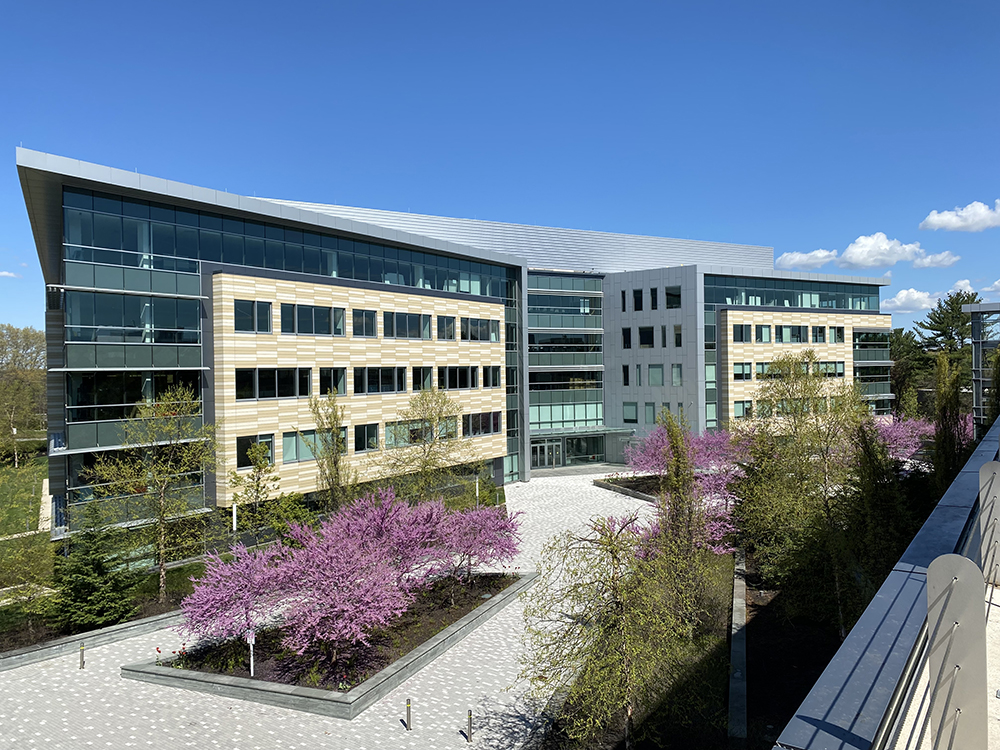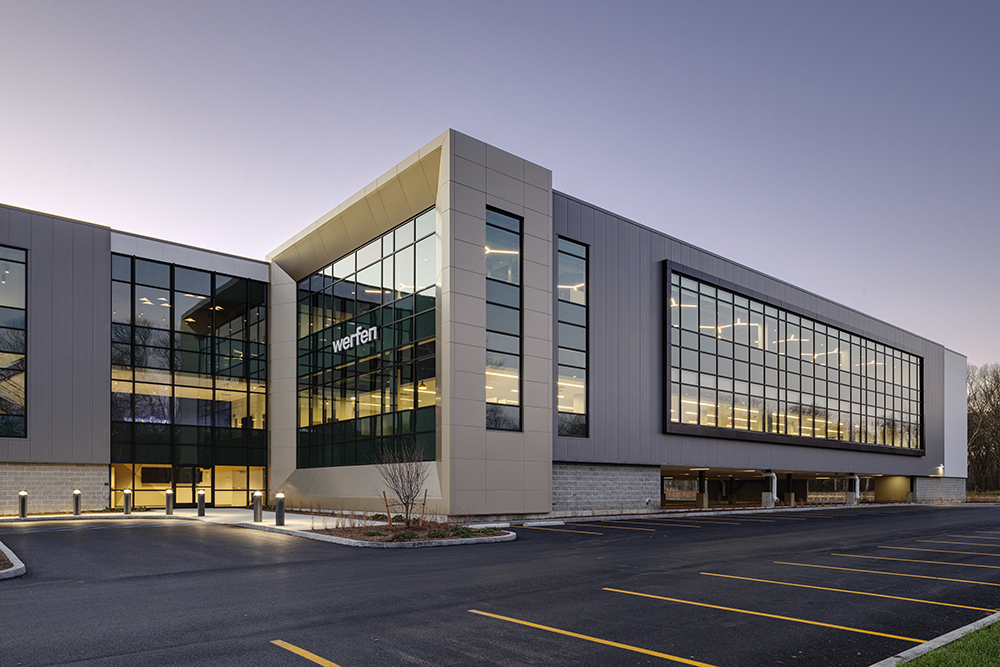Whether building new or buying now, greener homes have short and long-term benefits that shouldn’t be overlooked - by Michael Sachse

Renewable energy is more affordable, accessible, and valuable to homeowners than ever before.
According to the US Department of Energy, solar energy production has soared from .34 gigawatts (GW) in 2008 to more than 97 GW today. The cost to install solar panels fell by more than 70% since 2014, prompting many homeowners to harness the economic benefits of renewable energy to power their homes and reduce their carbon footprint. Collectively, it’s estimated that more than 13% of homes will be powered by solar by 2030.
Solar energy isn’t the only way to go green at home. Geothermal heating and cooling systems can replace fuel-burning heating and cooling units, minimizing the environmental impact of keeping homes cool in the summer and warm in the winter.
Looking towards 2023, there are many ways for builders and buyers to prioritize greener, more eco-friendly homes that operate more affordably and efficiently than their less intentional counterparts.
Of course, installing renewable energy solutions requires some upfront cost, and in today’s seller-friendly housing market, many people are unsure if they want to invest money in eco-friendly home solutions.
While minimizing upfront costs can be a significant enticement for some home builders and buyers, even minor green improvements can enhance a home’s short and long-term value in New England and beyond.
The Upside to Green Energy Construction
Prioritizing a home with renewable energy solutions requires an upfront investment that pays for itself over time. Homeowners looking to sell in 2022 or early 2023 are unlikely to recoup that investment. Still, homeowners with a multi-year sales target can begin reducing their energy expenditures while increasing their home’s eventual resale value.
For instance, The US Department of Energy estimates that geothermal heat pumps “can reduce energy use by 30%-60%, control humidity, are sturdy and reliable, and fit in a wide variety of homes.”
When listing a home, sellers can reduce the time on the market by catering to shifting buyer preferences. Many people are buying new homes to upgrade their current living arrangements as homeowners plan to spend more time at home because of remote work and other circumstances.
What’s more, greener homes often sell for high prices than standard constructions.
Several studies on the impact of renewable energy upgrades found that buyers consider renewable energy solutions an upgrade alongside updated kitchens and other amenities. In total, the US Office of Energy Efficiency and Renewable Energy estimates that retrofitting a home with green energy solutions can increase the sale price by $15,000.
While actual numbers vary by region and market conditions, it’s estimated that homes with renewable energy installations sell for 4.1% higher than their non-upgraded counterparts. In addition, heat pump installations increase sales prices by 7%.
At the same time, the rise of net-zero energy new builds are putting pressure on existing homes to keep up. As one example, it’s estimated that on-site fossil fuel combustion contributes 27% of the state of Massachusetts’ greenhouse gas emissions, making in-home efficiencies a critical part of the state’s energy transition.
Moving forward, renewable energy solutions are a competitive differentiator that sellers can’t afford to ignore.
How Homeowners Can Take Advantage of the Trend
Renewable energy solutions will impact the housing market in 2022 and beyond, but homeowners can’t over-leverage their financial capacity in hopes of a long-term payout. In other words, they need cost-effective ways to invest in green energy solutions at home.
For starters, homeowners should consider federal and local tax credits that reduce the financial impact of green energy upgrades.
For homeowners, the Inflation Reduction Act of 2022 extends the Energy Investment Tax Credit for clean energy home improvements, providing a 30% credit for geothermal heat pump projects installed before January 1, 2033. This credit falls to 26% in 2033 and 22% in 2034.
In addition, the Inflation Reduction Act also provides state energy offices with $8.8 billion to distribute to homeowners retrofitting their homes with energy performance improvements like heat pump heating and cooling. In addition to the tax credits, all homeowners will be eligible for rebates of up to $4,000 for energy efficiency improvements, including geothermal heat pumps. For homeowners earning less than 150% of the Area Median Income, their rebates could be even higher – up to $8,000. It also offers a tax credit for energy efficiency home improvements, increasing the limit to $2,000 for heat pumps and heat pump water heaters.
Similarly, many states throughout New England have made tax credits available to incentivize the transition to green energy.
In addition, homeowners should look for installers that offer low-rate financing plans that make green energy upgrades an affordable monthly payment.
Overall, greener homes are more valuable homes. With green energy solutions more affordable, accessible, and valuable to homeowners than ever before, now is the right time to consider the upside of building or buying more eco-friendly homes.
Michael Sachse is the CEO of Dandelion Energy, New York, N.Y.
Newmark negotiates sale of 10 Liberty Sq. and 12 Post Office Sq.


Make PR pop by highlighting unique angles - by Stanley Hurwitz

How COVID-19 has impacted office leasing - by Noble Allen and John Sokul

Four tips for a smooth 1031 Exchange - by Bill Lopriore








.png)